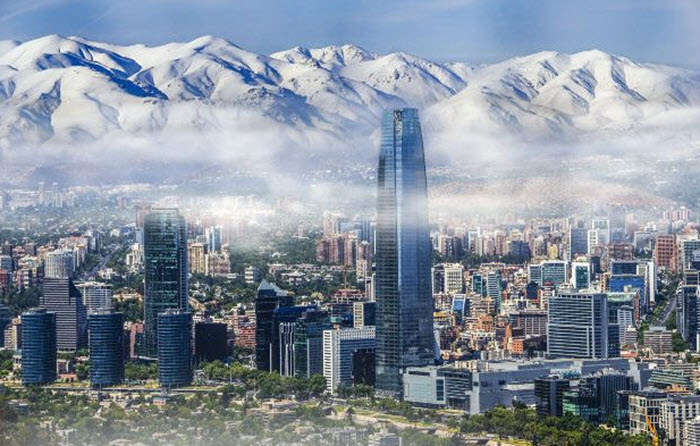After returning from our vacation in Chile, I was very interested in current events. We were in the deep south and unaffected by the riots but not insensitive to the plight of the people. This is a story that has played out across Europe, the Central and South America. And even more so today in the US – Inequality and the widening gap between the wealthy and poor of nations.
Here is a great article my friend Geoffrey W W McRae at GTSA published recently.
The profound differences between the upper tiers and the rest of the population are presented as the unique cause of the phenomenal crisis that the country has been experiencing for the past three weeks. However, the statistics show a contradictory reality, which does not stand up to simplistic explanations.
After the deep economic reforms implemented during the dictatorship of Augusto Pinochet, and since deepened since the return of democracy in 1990, Chile became a paradigm. For free-market advocates, it was a role model. For left-wing socialist supporters, it became all that is wrong.
For many years, the country’s strong economic growth seemed to confirm the correct path was being taken. Now, the social outburst that makes one of the continent’s most established democracies rebound would suggest that the latter might also have some points.
The reality, however, is more of nuances and cannot be understood by absolute categories.
Inequality in Chile and Latin America
The facts, repeated to exhaustion, is, therefore, no less true: Latin America is the most unequal region in the world. It is true that it is not the poorest, but it is where the greatest distances between those who have more and those who have less.
Therefore, it should not be a surprise that Chile is among the most unequal countries on the planet. Contrary to what is believed, however, it is far from the most inequitable country in the region.
If the Gini index, which estimates the distribution of income with a coefficient ranging from 0 – absolute equality – to 1 — absolute inequality — is taken as a reference, inequity in Chile is 0.454, according to data from Cepal, which excludes countries such as Argentina and Venezuela because of the unreliability of their public statistics system in recent years.
It is below the Latin American average, which is 0.466 and is significantly lower than that of countries such as Mexico (0.504), Colombia (0.511) or Brazil (0.539). The only ones that are clearly more egalitarian among those with updated numbers are Uruguay (0,390) and El Salvador (0,399).
Another way to measure inequality is to see directly how much of society’s total income is taken from each part. By that criterion, Chile is even less unequal than with the Gini. On average, the poorest 20 receives 6.3% of the cake in Latin America. In Chile, on the other hand, it receives 7.7% per cent. It is only surpassed by Uruguay (10.3%) and El Salvador (7.8%).
When you calculate inequality as the income gap between the richest 10% and the poorest 10%, Chile also appears as the third least unequal. In Uruguay the upper-tier gains 11.8 times more than the lower tier; in El Salvador, 13.8 times more; and in Chile, 17.6 times more. The Latin American average is 22.5 times and the most unequal country is Brazil, with a difference of 42.8 times.
/arc-anglerfish-arc2-prod-infobae.s3.amazonaws.com/public/RA57HFAZPNGDNBIVBJEDILIOOY.jpg)
